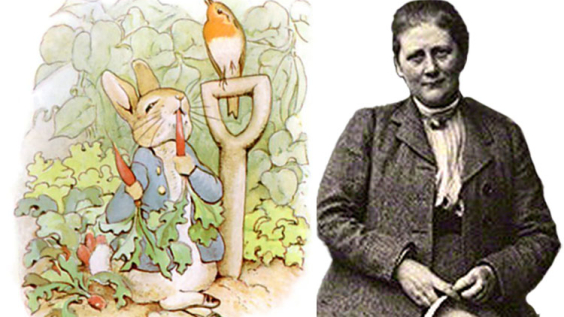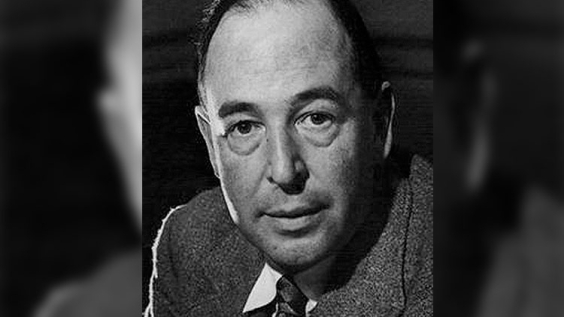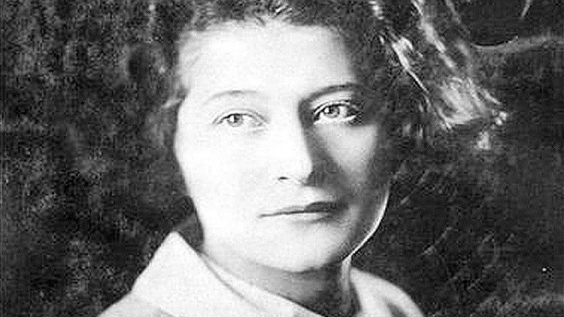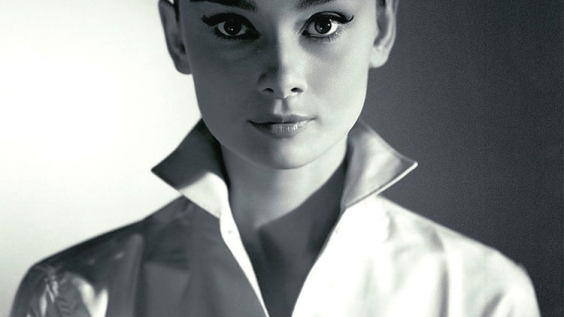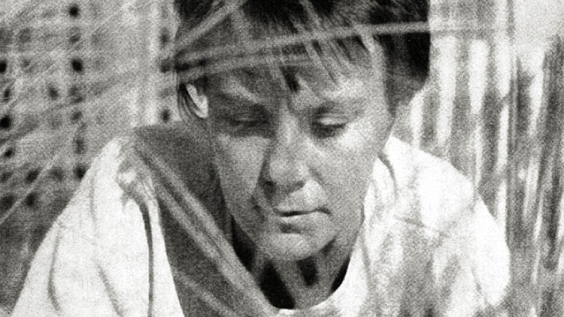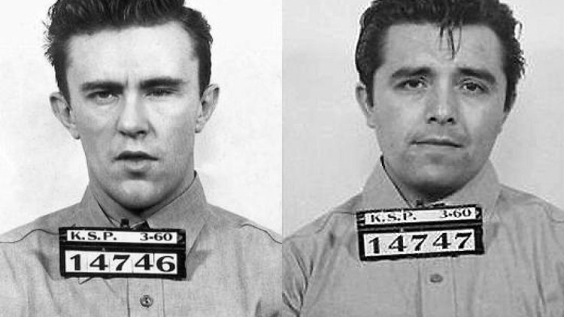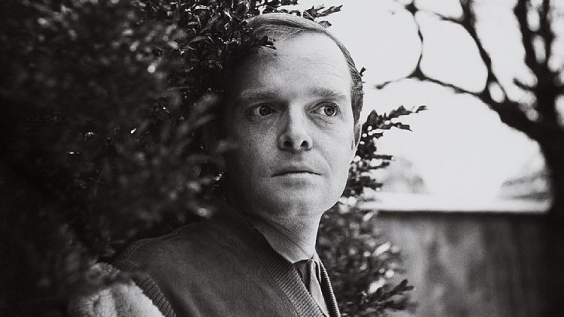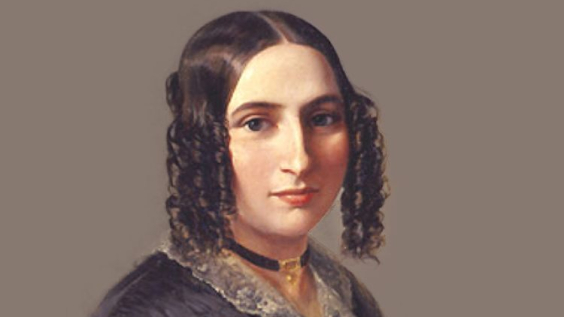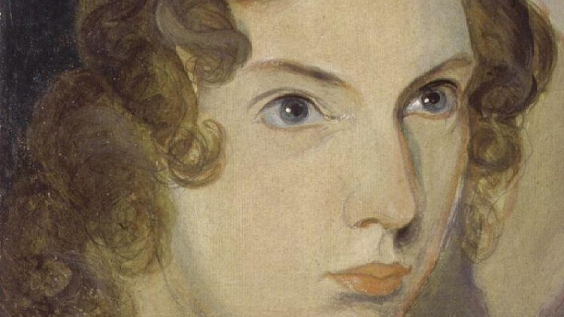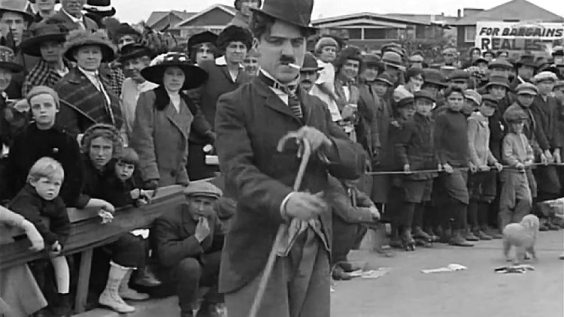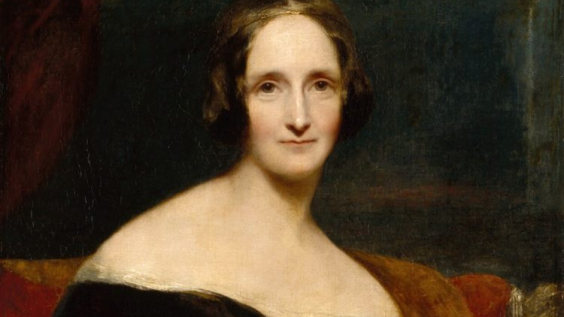
On 9th March, 1959 Barbara Millicent Roberts was introduced to the world at the annual Toy Fair in New York. She was the brainchild of Ruth Handler, who in 1945 founded Mattel Creations with her husband Elliot.
Ruth was inspired by watching her daughter Barbara and her friends playing with paper dolls, using make-believe to explore adult life and careers. She recognised there was a gap in the market. Dolls at the time tended to be babies or toddlers, not adults.
The first Barbie cost $3 and sales reached 300,000 in the first year. Demand became so high that Mattel decided to introduce a new doll and in 1961 Barbie was joined by her boyfriend, Ken.
 Listen Now
Listen NowBarbie’s appearance has evolved over the decades to reflect the ideas and fashions of the times. In the 1950s she mirrored the likes of Elizabeth Taylor and Marilyn Monroe, with arched eyebrows and red lips, and clothes designed by fifty of the world’s top designers.
In the 1960s she went sophisticated, inspired by Jackie Kennedy. By the mid-1980s she was sporting shoulder pads and leggings.

A 1959 Barbie doll, February 2016. Image credit: Paolo Bona / Shutterstock.com
Image Credit: Paolo Bona / Shutterstock.com
Throughout her history, Barbie’s face and figure have been the subject of much debate. When she made her debut in the 1950s, Barbie sported a sideways glance. However the growing feminist movement of the 1970s prompted Mattel to make changes and Barbie’s eyes faced forwards for the first time.
But it’s Barbie’s proportions that have faced particular scrutiny. With her long legs, large breasts and tiny waist, Mattel have been accused of presenting an unrealistic vision of the female form and of fostering a negative body image among young girls.
 Listen Now
Listen NowIn 2016 Mattel introduced a new range of Barbies, promoting a positive body image and more ethnic diversity. The range features tall and petite body types, as well as a curvier figure. It also introduced seven new skin tones and twenty-four new hairstyles including an afro and curly red hair.
Despite the criticism levelled at Barbie’s appearance, Mattel has always maintained that the doll’s purpose – as envisaged by her creator – is to encourage young girls to be whatever they want to be. Over the years Barbie has embarked on more than 180 different careers.
In 1963 she became an astronaut, in recognition of the first female astronaut Valentina Tereshkova. She took to the skies as an air stewardess throughout the 1970s, and in 1990 became a pilot.

In 2019, Mattel launched a new line of Barbie dolls with disabilities, including a Barbie who uses a wheelchair. Image credit: Shutterstock.com
In 1992 she ran for President (for the first time) and has held various military roles. Since 2011 Barbie has introduced a new career each year that has been under represented by women, including computer engineer and architect.
Throughout her long life, Barbie has made headlines. Who wasn’t shocked by the news in 2004 that she had broken up with her long-time boyfriend Ken! (They reunited in 2011).
Today Barbara Millicent Roberts from the fictional town of Willows in Wisconsin continues to be a dominant force in the fashion doll world, despite growing competition, with annual gross sales in excess of $1 billion.



